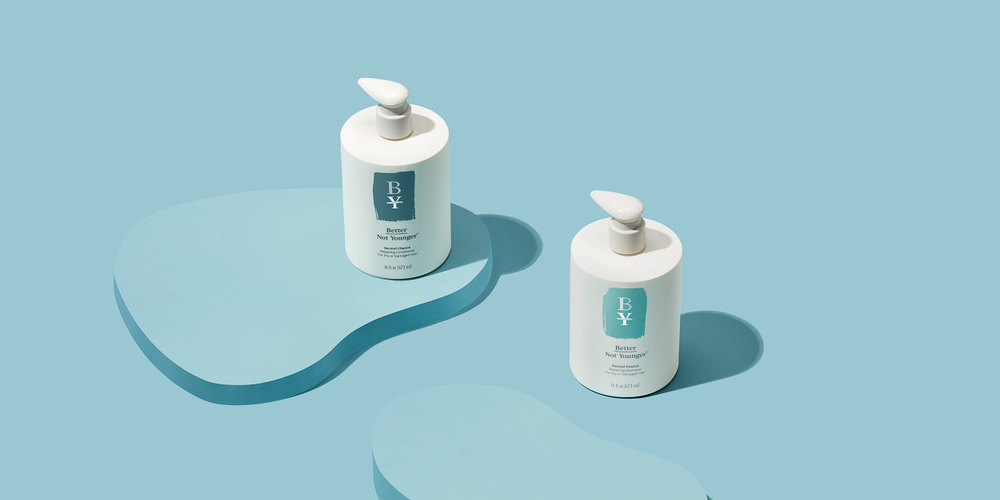How Does a Repairing Shampoo Work on Damaged Hair?

If your hair is frizzy, dull, and unruly, it could be because it is damaged. Chemical treatments, high-heat styling, and the inevitable passage of time converge to weaken the structure of your strands. This leads to unsightly split ends and breaking along the hair shaft, which also thins your hair and makes it harder to manage.
Although nothing can completely bind your strands' layers back together or permanently fix your split ends, repairing shampoos can go a long way toward helping. These hydrating products smooth your hair’s outer layer to improve shine and moisture retention. They also work to fortify your strand composition against future damage.
What Does Damaged Hair Look Like?
Your hair shaft is made up of three separate cell layers of keratin protein connected by hydrogen bonds. Healthy hair fibers are flexible and strong, with robust molecular bonds working to hold the keratin together in each of these layers:
If the inner layer's hydrogen bonds are damaged, your strand will weaken and potentially break along the hair shaft. It could also separate at the tip, causing a split end and progressive structural weakness that travels up the strand.
When the outer cuticle layer is damaged, its cells may not be able to close correctly. Your locks will look frizzy and dull, and worse — your hair cuticles will no longer be able to protect the inner layers, leaving them vulnerable to additional damage.
What Causes Age-Related Hair Damage?
As you get older, you may have noticed your hair has become increasingly easy to damage. This is common and is typically triggered by hormone fluctuations that accompany menopause. Your hair can be weakened by age-related issues, including:
How Long Does it Take to Repair Damaged Hair?
Your hair grows from the protein-rich root in the bottom of your follicle. It is nourished by your scalp's blood. This generates cells, leading to hair growth.
When your hair cells continuously layer on top of each other, they push the strand toward the surface, making it grow gradually longer. By the time your hair is long enough to poke through the skin, its cells are dead.
Dead cells lack the regenerative properties of living cells; therefore, they can't repair themselves when the cell links are broken.
Unfortunately, there is no way to reestablish the hydrogen bonds that make up your locks. To achieve healthy hair after the damage has occurred, the best option is to cut off the damaged ends and strengthen the shafts.
How Repairing Shampoo Works to Strengthen Your Hair
Weakened hair can be easily damaged by:
- Vigorous brushing
- Wearing a tight ponytail or braid
- Exposure to high-heat flat irons and blow dryers
- Chemical applications like hair dye or keratin treatments
Repairing shampoo is typically formulated to strengthen your hair, allowing it to better withstand damage-inducing stressors. Here’s how it works:
What Shampoo Is Best for Repairing Hair?
Second Chance Repairing Shampoo for Dry or Damaged Hair is full of vitamins and other nourishing ingredients to fortify and pamper your aging hair and scalp.
Plus, our new formula is richer and more hydrating than ever. It was created specifically to address the needs of our aging hair. This sulfate-free and color-safe shampoo contains:
Turn to Better Not Younger for the Best Hair Repair Treatment
Are you looking for a solution to your distressed and damaged hair? Trim away the signs of damage, style with care, and use a shampoo specially designed with your hair’s challenges in mind. Then round out your hair care routine with high-quality products from Better Not Younger.
Visit our Shop page to explore our entire line of styling and cleansing solutions. They were all made to work together to encourage thick, healthy, vibrant hair.
